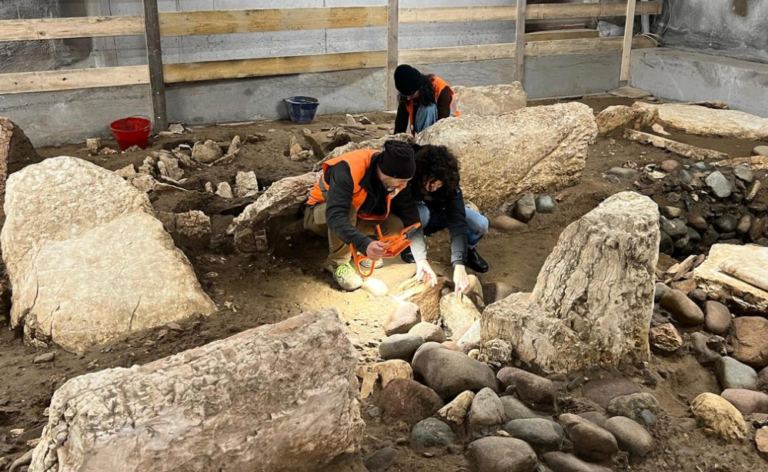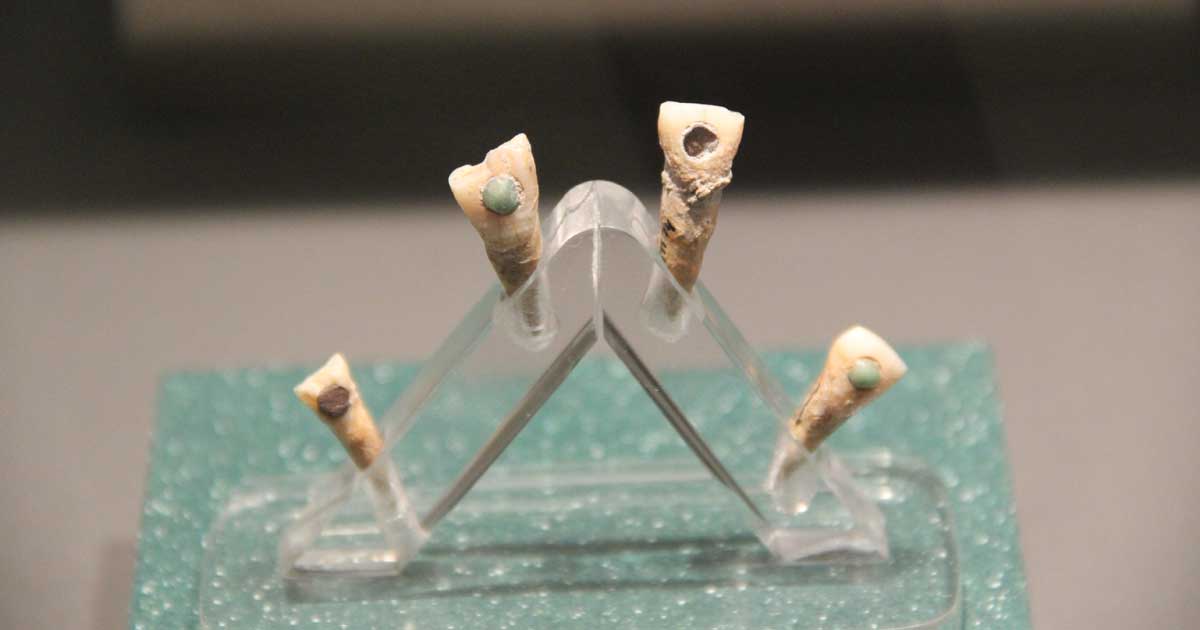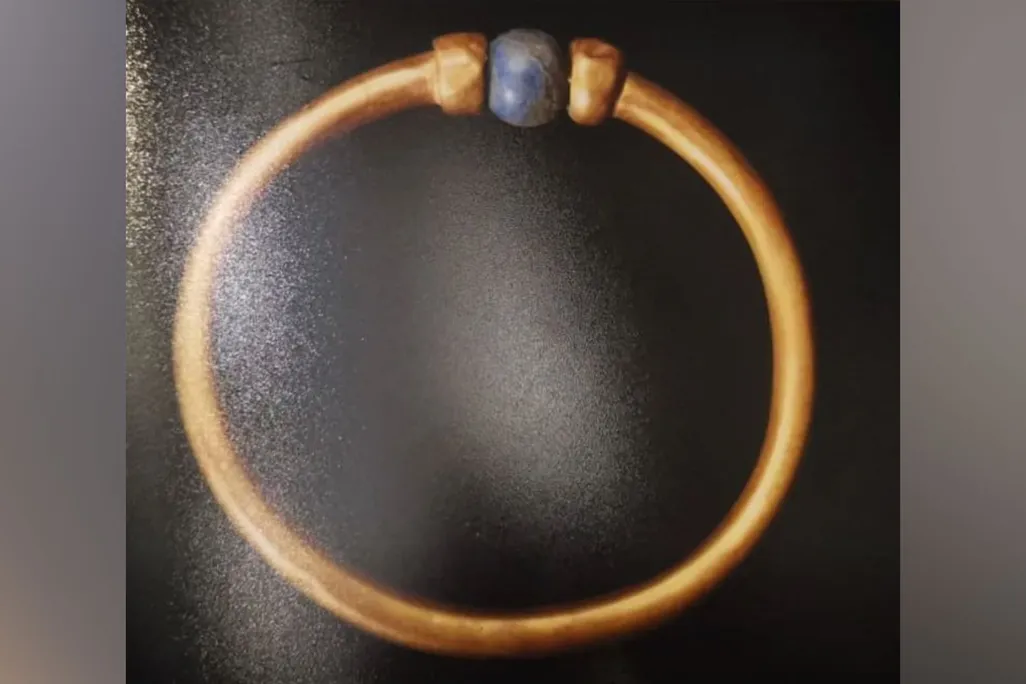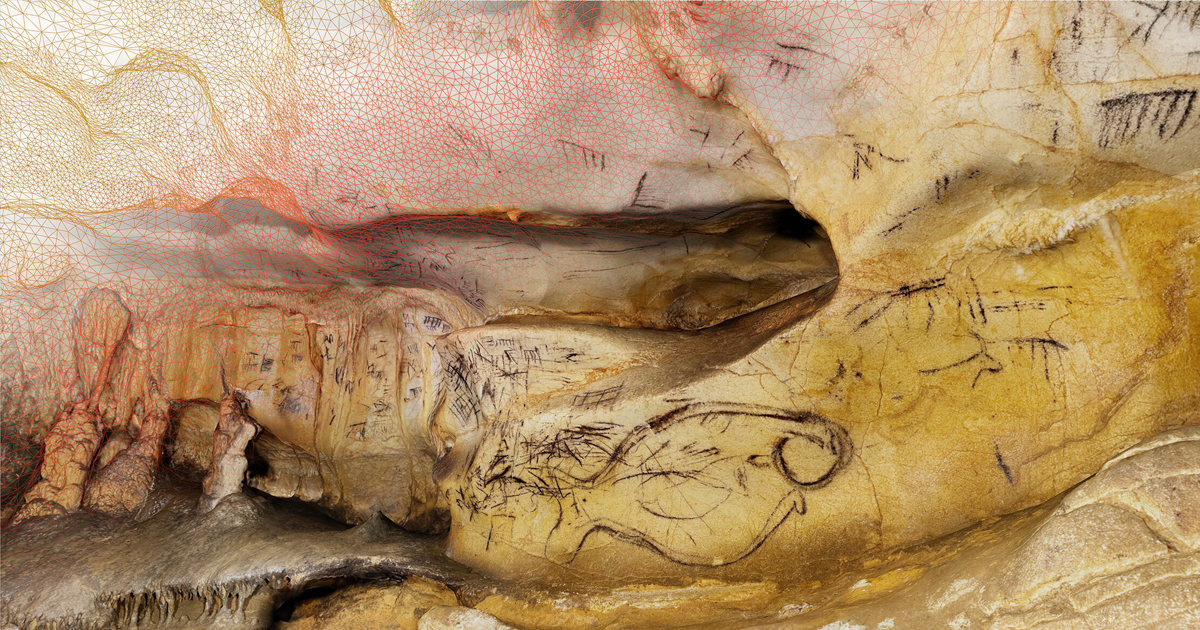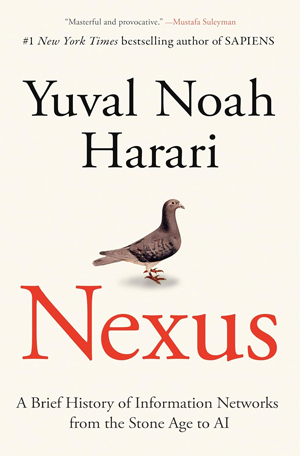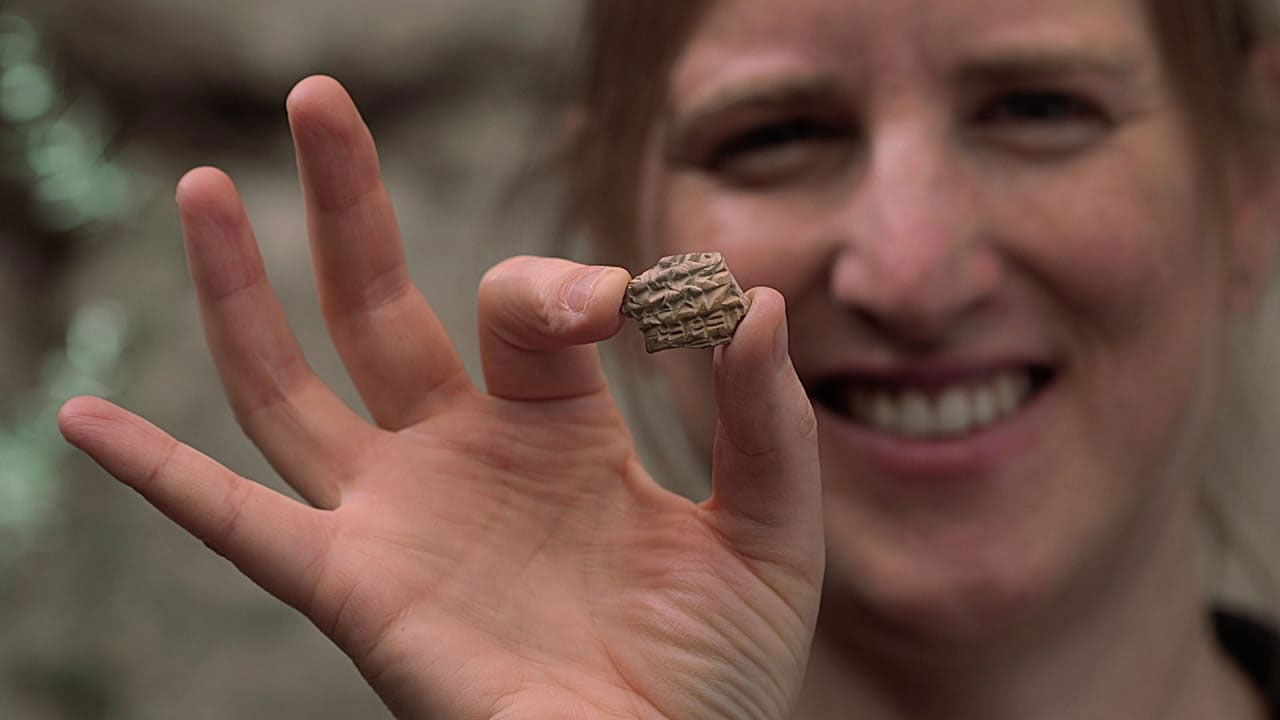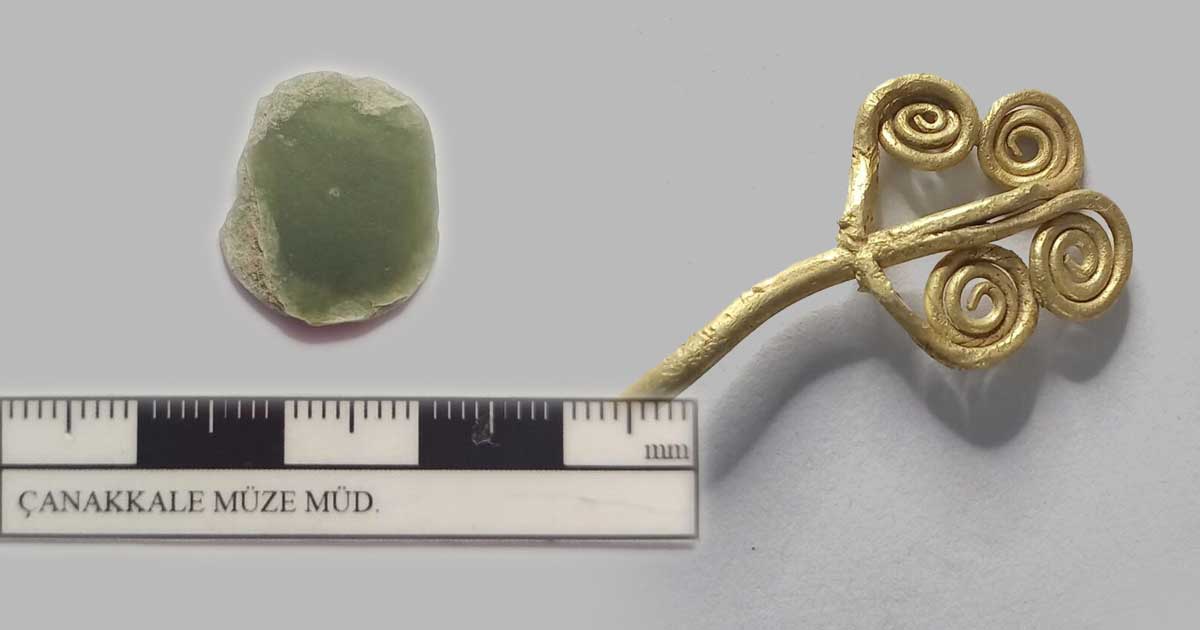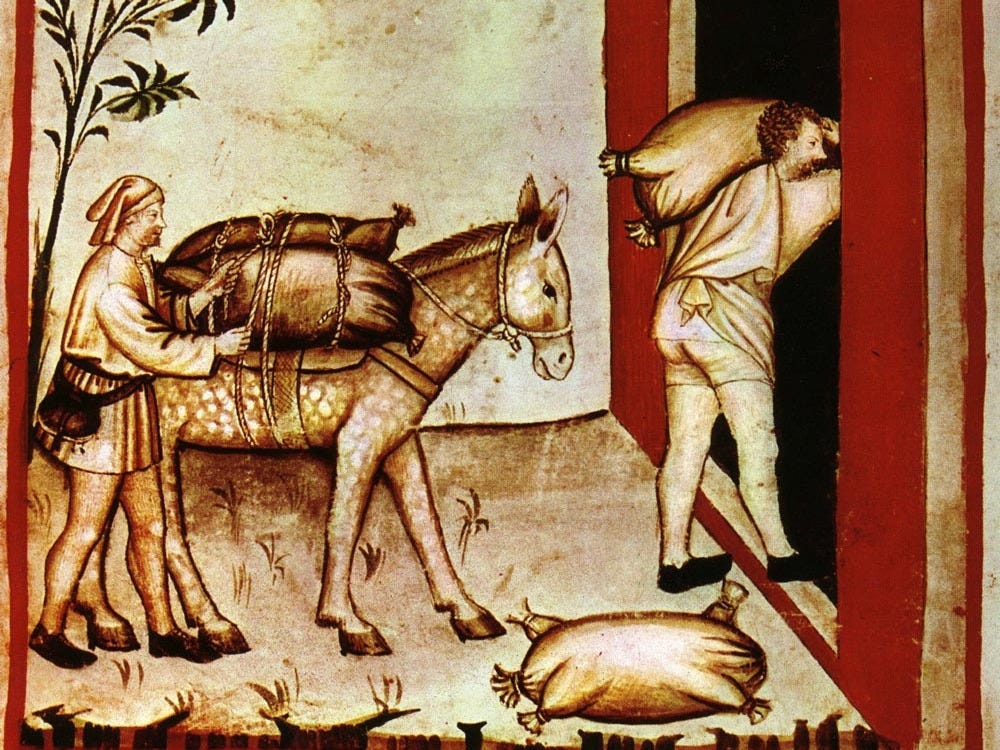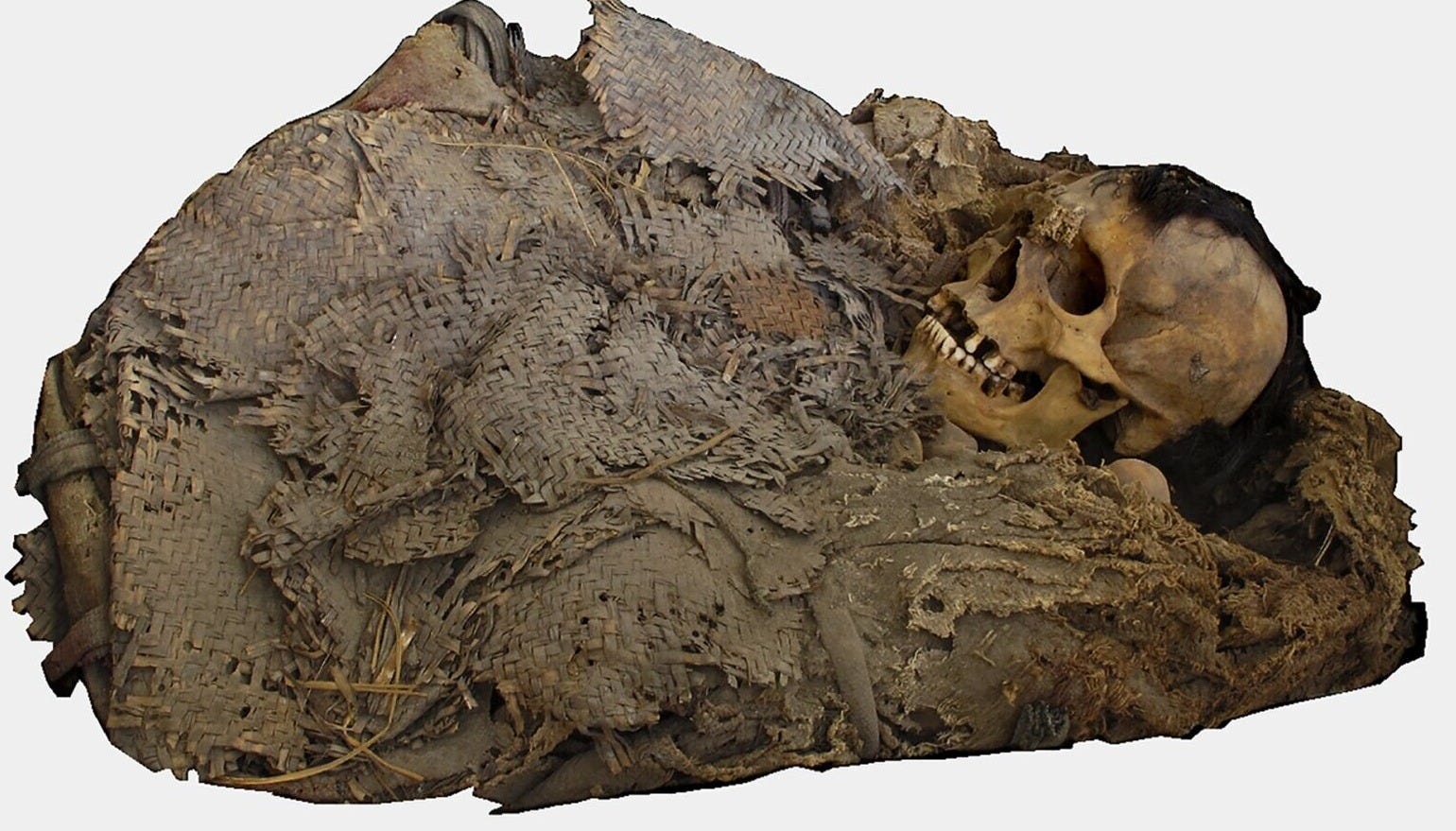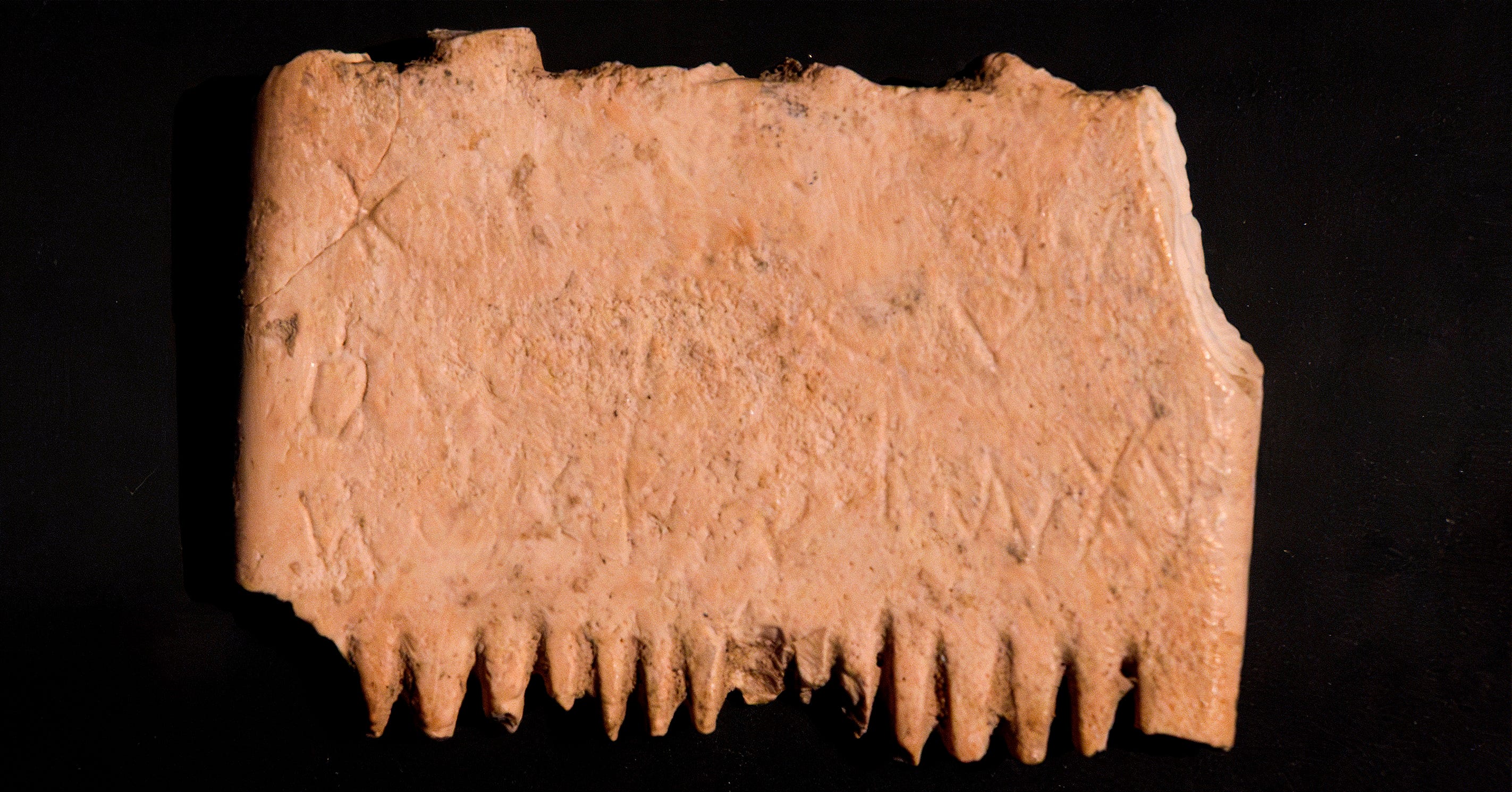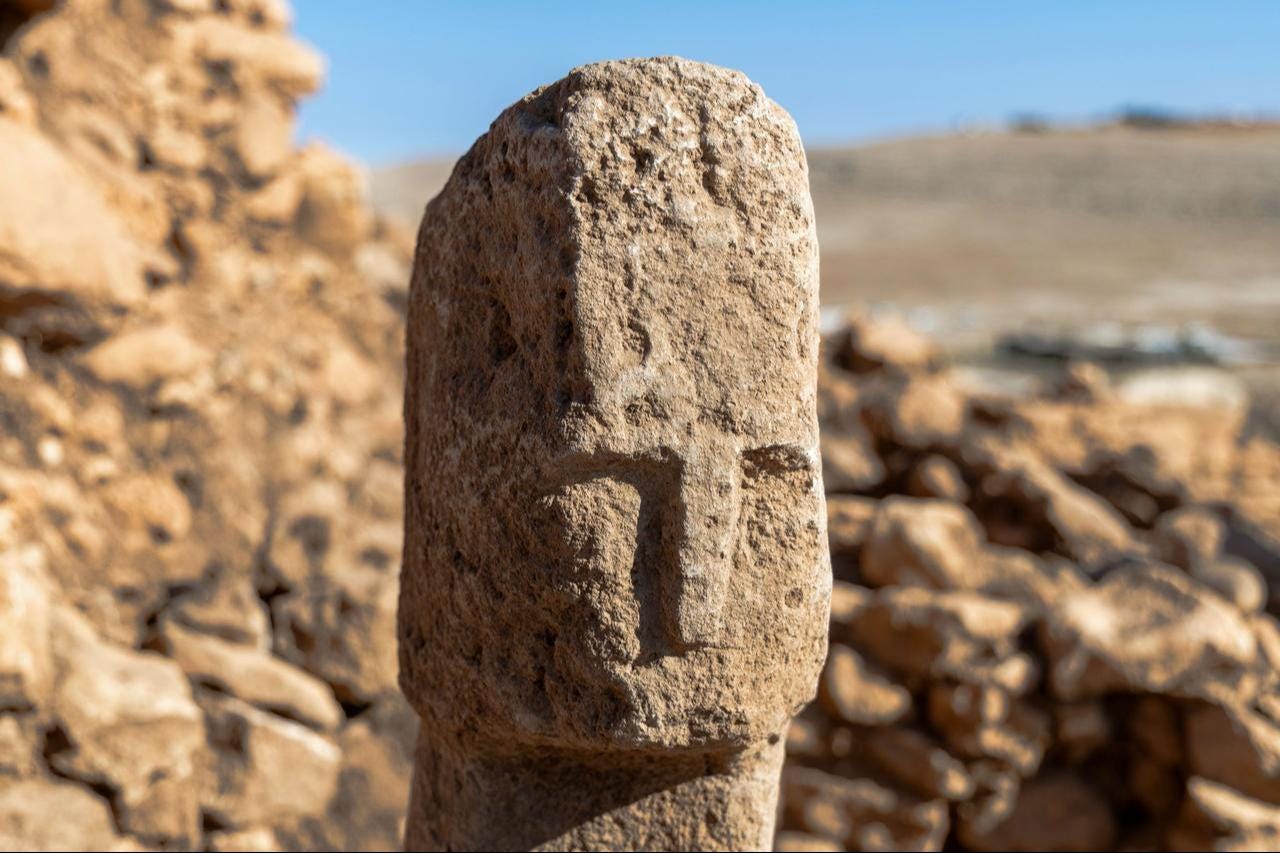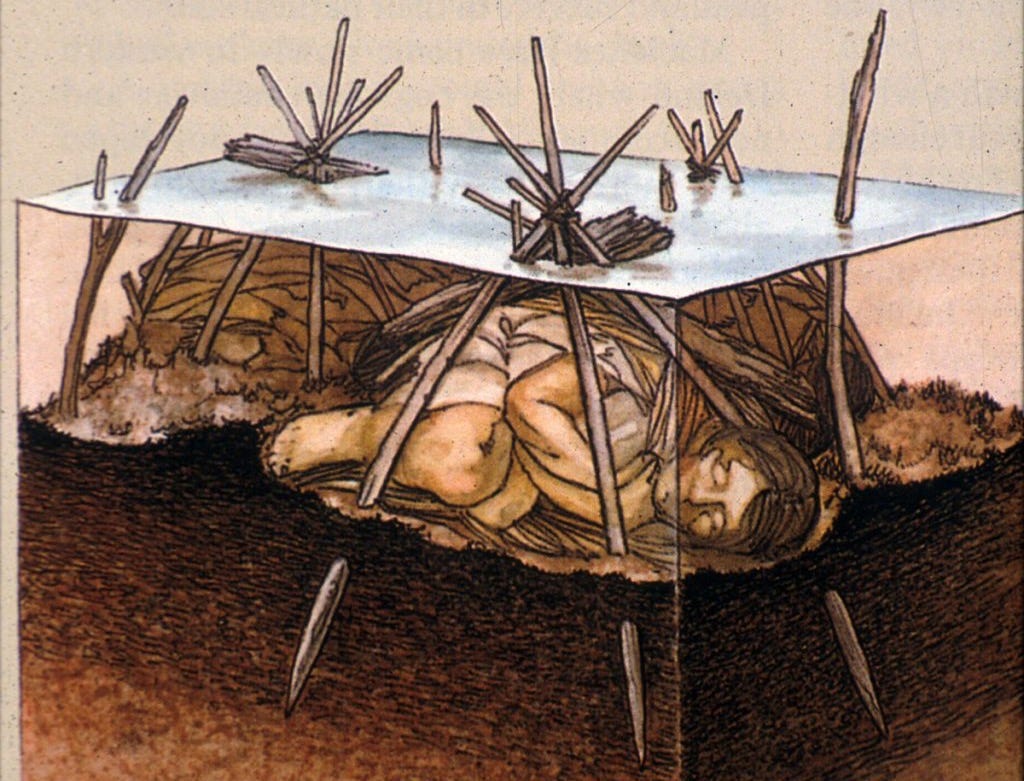Archaeologists working in the Santa Croce area of Trento in northern Italy have found something exceptional beneath the city streets. An ancient necropolis has been discovered, some eight meters beneath the surface.
Some 200 tombs have been discovered, as reported by the Provincia Autonoma di Trento. The tombs date to the early Iron Age, between the 9th and the 6th centuries BC.
The discovery may well rewrite the entire history of the city. The necropolis was found beneath the historical, medieval, and Roman archaeological layers and predates them all. Sealed and preserved by redirecting the local river to ensure floods were carried away from the graves, the all-important context for these burials has remained intact across the millennia.
The Fersina river at the time the necropolis was built was a wide, fast flowing river separated into multiple channels which interlinked and were separated by temporary sandbars. It was in one of these areas of the riverbed, subject to temporary flooding, that the necropolis was situated.
- The Jersey Devil: Unpicking the History Behind the Mystery
- The Battle of Shiloh, when the Injured Soldiers Glowed
The team think that two channels dug either side of the site would have acted to channel water around the tombs. In later periods when the necropolis was no longer in use floods over the top would have preserved the tombs in their correct place and protected them from tomb robbers. This means that the layout of the necropolis has been preserved in exceptional detail.
“An incredible discovery, which shows us a new history of the city of Trento, no longer just as a Roman city.” said the vice-president and provincial councilor for culture Francesca Gerosa. “We know how important the commitment to research and protection of the heritage of our roots is, and this is foreseen by the laws and the Constitution, but regardless of this we do not want to shy away and here we are working intensely to bring to light a piece of unknown history for the city.”

“The work is progressing, but there is still an entire area to be monitored in order to then evaluate what actions to take, also with regard to the many objects found and which are already being restored, as will be subsequent discoveries. We are working remembering that a balance is always needed to reconcile the interests of protecting the archaeological heritage with the understandable interests of urban development”.
This necropolis is extremely unusual in an Alpine context such as Trento. This was a period before the Romans became the dominant power in Europe, and the necropolis was created at the same time as the founding of Rome, traditionally in 735 BC.
The people in Trento at this time would have traded with the precursors to the Romans, the Etruscans. It is not yet known who is buried in the tombs but it is hoped that the site contains the elite burials from that era.

The site consists of a series of funerary stele, ancient massive gravestones some two and a half meters high, each standing at the western end of a stone box made of pink limestone. Around these centra tombs it appears that lesser burials were sited over time.
Inside the stone boxes at the base of the stele is burned earth, charred bones and other funerary offerings reduced to ash. Only the metal discoveries, weapons and elaborate ornamental objects, have survived.
Header Image: The necropolis discovered beneath Trento. Source: Archivio Ufficio Stampa PAT.

